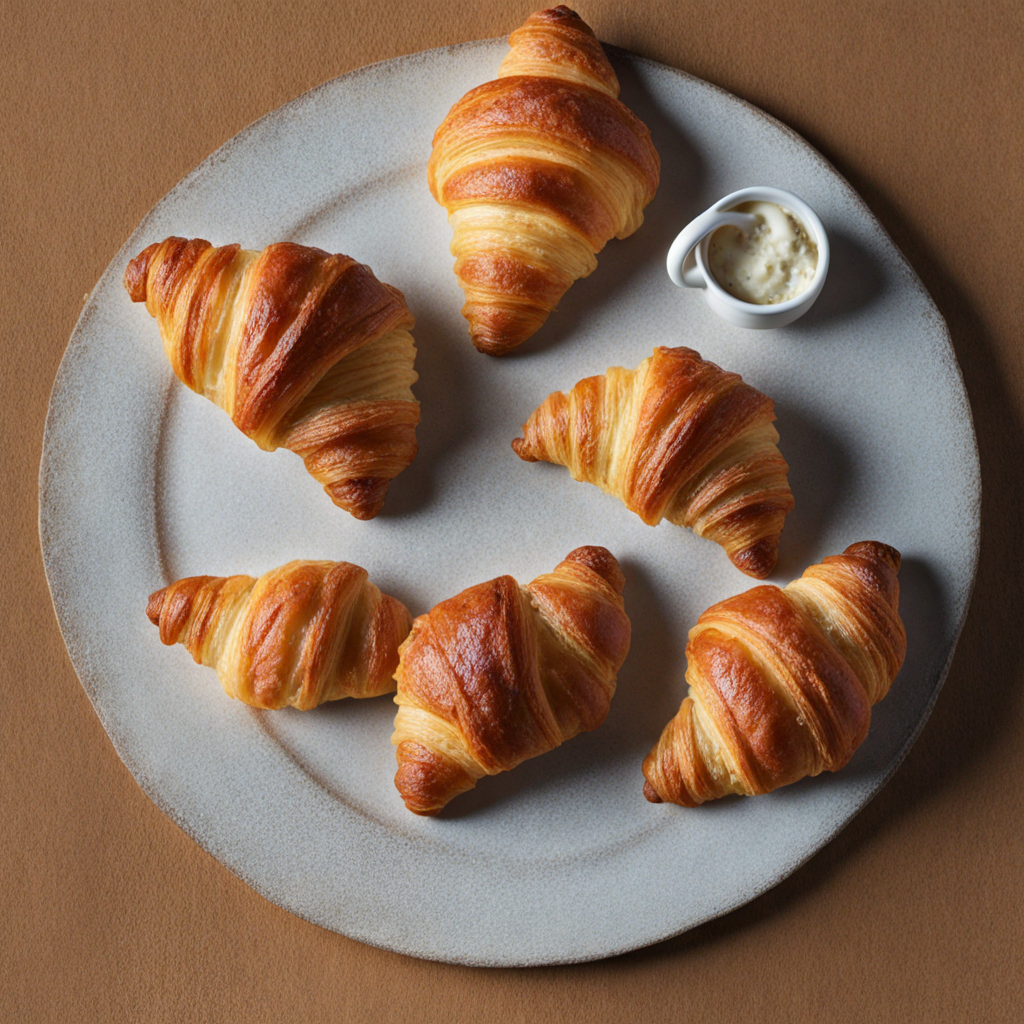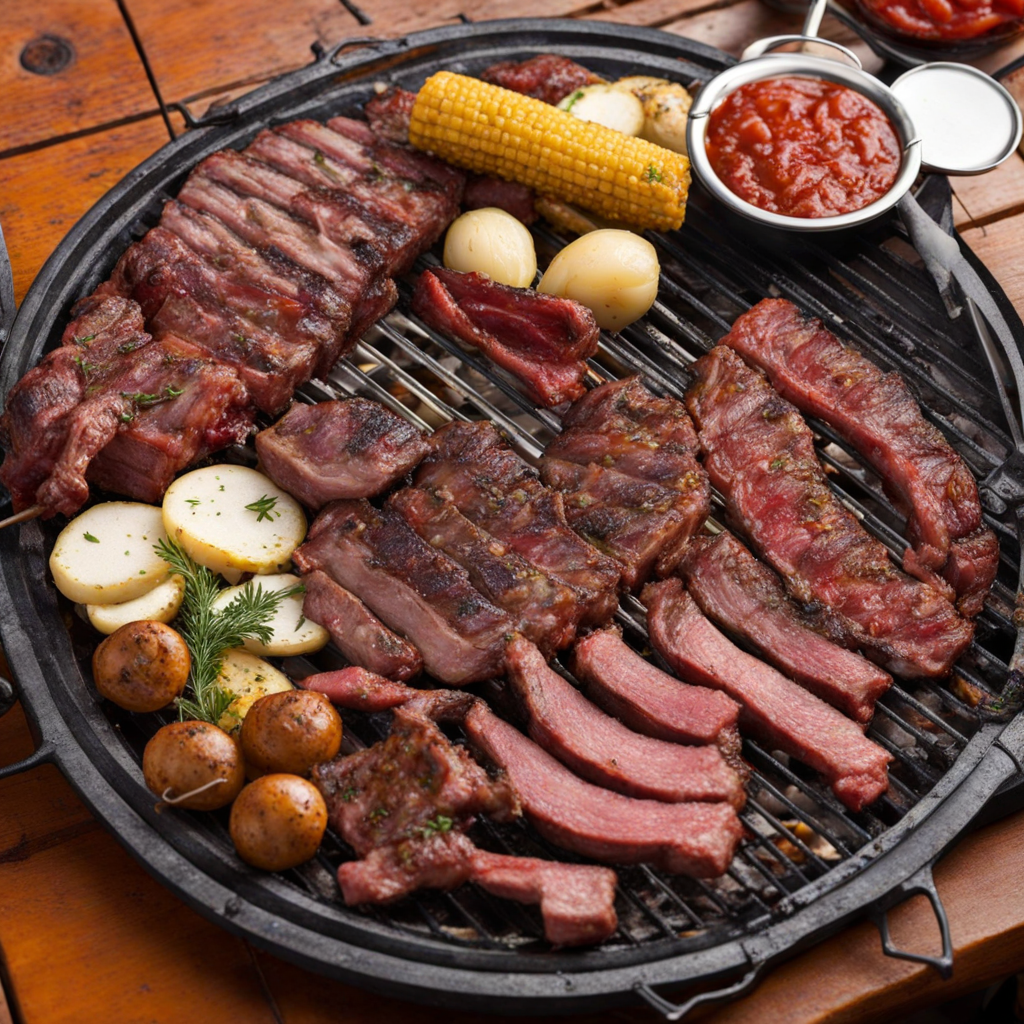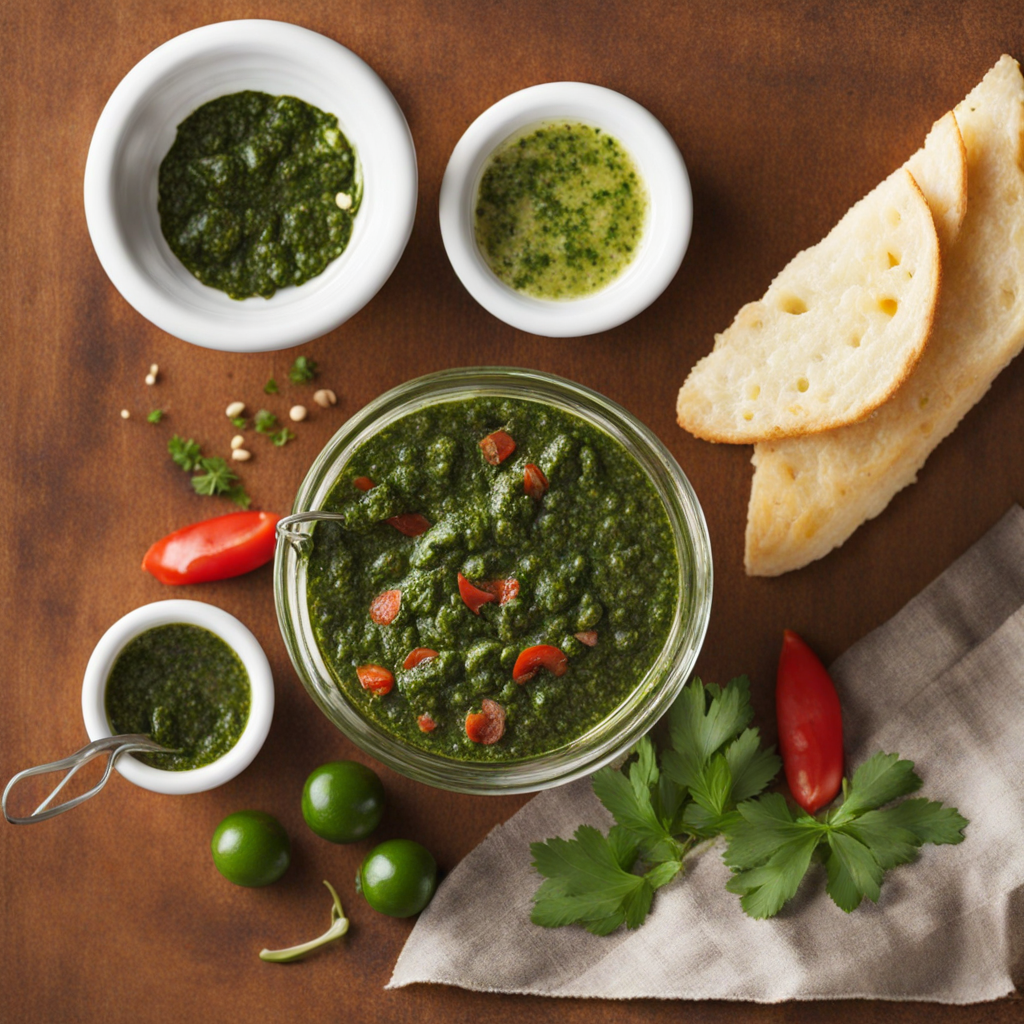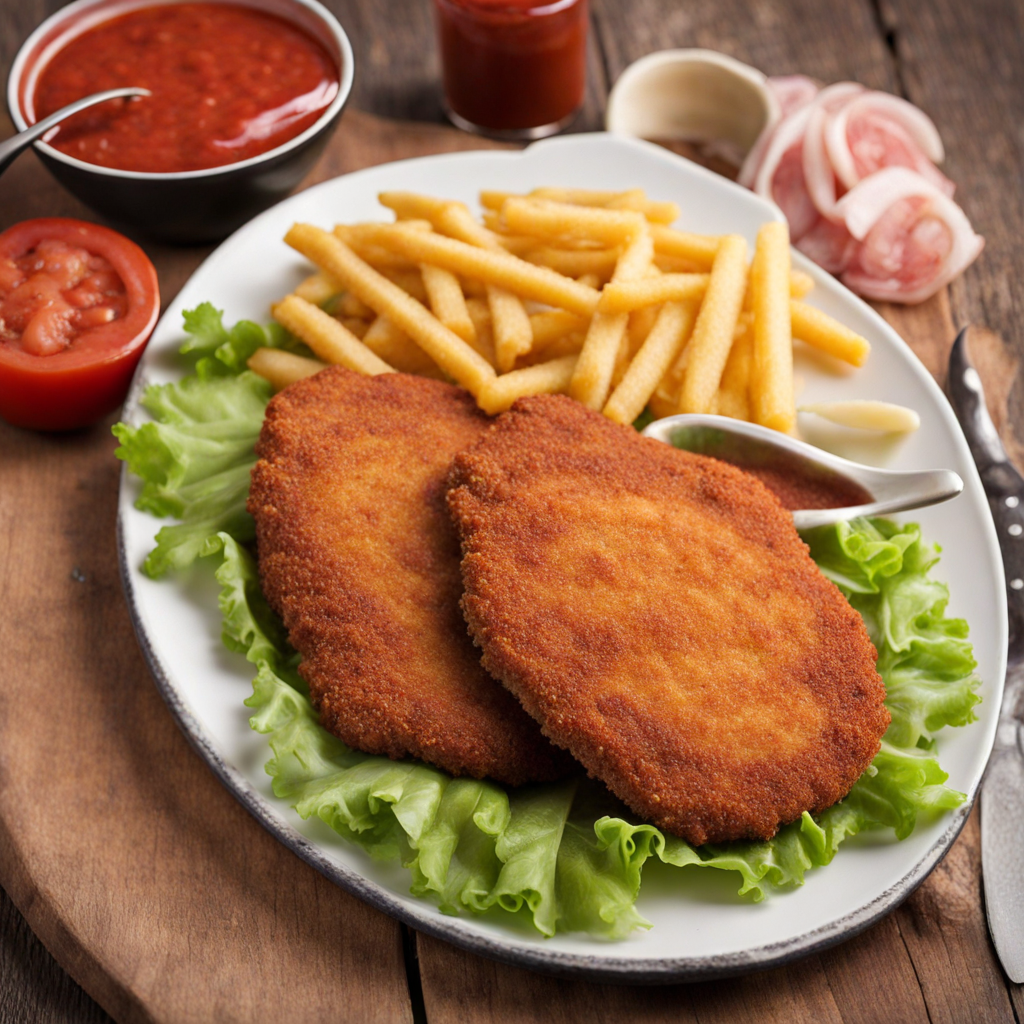Media Luna
Media Luna is a delightful Argentine pastry that boasts a unique blend of flaky texture and rich flavor, making it a must-try for anyone eager to explore new culinary experiences. Shaped like a crescent moon, this pastry is traditionally made from a buttery dough that is rolled out thin and then filled with a variety of sweet or savory ingredients. The dough is often enriched with eggs and milk, which not only enhances its tenderness but also adds a subtle richness that complements the fillings beautifully. Typically, sweet versions of Media Luna are filled with dulce de leche, a caramel-like spread that is beloved throughout Argentina, or they may feature chocolate, fruit preserves, or even a combination of these delectable options. The savory iterations, on the other hand, are often stuffed with cheese, ham, or a mixture of vegetables, offering a delightful contrast to the sweetness of their counterparts. Once filled, the pastries are folded over and baked to golden perfection, resulting in a crispy exterior that gives way to a luscious interior. Media Luna is often enjoyed as a snack, a breakfast treat, or even as part of a leisurely afternoon tea. Its versatility makes it a cherished item in Argentine cuisine, perfect for pairing with a cup of mate or coffee. Whether you savor the sweet or savory variety, each bite of Media Luna transports you to the heart of Argentina, showcasing the country's rich culinary heritage and the joyful spirit of its people.
How It Became This Dish
Origins of Media Luna The Media Luna, a crescent-shaped pastry, has its roots deeply embedded in the culinary traditions of Argentina. It is widely believed that the Media Luna was inspired by the French croissant, which was introduced to Argentina during the late 19th century when French immigrants brought their baking techniques to South America. The name "Media Luna" translates to "half moon," perfectly describing its distinct shape. This pastry, however, quickly adapted to local tastes and ingredients, evolving into a beloved staple in Argentine cuisine. The process of making Media Luna typically involves a rich, buttery dough that is layered and rolled, similar to the technique used in croissant preparation. Traditionally, the dough is enriched with ingredients such as butter, milk, and sometimes sugar, which contributes to its flaky texture and slightly sweet flavor. The Media Luna is often filled with various ingredients, ranging from sweet fillings like dulce de leche or jam to savory options such as cheese or ham, showcasing the versatility of this pastry. \n\n Cultural Significance In Argentina, the Media Luna is much more than just a pastry; it holds cultural significance that reflects the country’s social fabric. It is commonly enjoyed during breakfast or as a merienda, a traditional afternoon snack that often includes coffee or mate, a popular Argentine beverage made from yerba mate leaves. The Media Luna's presence in the daily lives of Argentines symbolizes warmth, hospitality, and the joy of sharing. Offering Media Luna to guests is a gesture of friendship, making it a fitting accompaniment during social gatherings, family events, and celebrations. Moreover, Media Luna has become an integral part of Argentine bakeries, known as "panaderías," where it can be found alongside other traditional baked goods. These bakeries not only serve as places to purchase food but also function as community hubs where locals gather, socialize, and enjoy the simple pleasure of freshly baked pastries. The Media Luna has thus become a unifying element in Argentine culture, transcending social and economic boundaries. \n\n Development Over Time As time progressed, the Media Luna continued to evolve, adapting to various regional influences and changing culinary trends. In the 20th century, with the rise of global culinary exchanges, the Media Luna began to incorporate more diverse fillings and flavors, reflecting the multicultural nature of Argentina. Immigrant communities from Italy, Spain, and other countries contributed to the pastry’s evolution, introducing new ingredients and techniques that enriched its flavor profile. In urban areas, particularly in Buenos Aires, the Media Luna has taken on a new life, often found in trendy cafes and gourmet bakeries. Here, it is not uncommon to encounter innovative variations, such as whole grain or gluten-free Media Lunas, catering to contemporary dietary preferences. Chefs and bakers experiment with fusion flavors, incorporating international ingredients to create unique twists on this classic pastry, thus keeping the tradition alive while appealing to modern palates. \n\n Media Luna in Popular Culture The Media Luna has also made its mark in popular culture, appearing in literature, film, and art as a symbol of Argentine identity. It often features in stories that celebrate the warmth of family gatherings and the nostalgia of home-cooked meals. This pastry embodies the essence of Argentine life, where food serves as a medium for connection and expression. Cookbooks and culinary shows have embraced the Media Luna, showcasing its preparation and variations, further solidifying its place in the culinary canon. Food festivals in Argentina often celebrate local pastries, with the Media Luna frequently taking center stage, allowing bakers to showcase their skills and creativity. These events not only promote traditional recipes but also encourage younger generations to engage with their culinary heritage. \n\n Global Recognition In recent years, the Media Luna has gained international recognition, thanks to the increasing popularity of Argentine cuisine worldwide. As Argentine restaurants and cafes pop up in major cities around the globe, the Media Luna has become a sought-after item on menus, enticing food enthusiasts with its unique flavor and texture. This globalization of the Media Luna has sparked interest in the broader spectrum of Argentine pastries and baking traditions, inviting a new audience to appreciate its cultural significance. Chefs and culinary experts have also begun to explore the Media Luna within the context of global pastry arts, comparing it to other crescent-shaped pastries from different cultures. This exploration not only highlights the similarities and variations among different baking traditions but also fosters a greater appreciation for the craftsmanship involved in creating these beloved treats. \n\n Conclusion Today, the Media Luna stands as a testament to Argentina’s rich culinary heritage and its ability to adapt and evolve. From its humble beginnings influenced by French baking techniques to its status as a cherished symbol of Argentine culture, the Media Luna continues to capture the hearts and palates of many. Its journey reflects the broader narrative of Argentina’s culinary landscape—one marked by diversity, creativity, and a deep-rooted appreciation for the art of baking. As more people around the world discover the Media Luna, it serves as a delicious reminder of the power of food to connect individuals and celebrate cultural identities.
You may like
Discover local flavors from Argentina







